Dr. Andrew Bridges
NEMOURS WILDLIFE FOUNDATION
An Untold Story
story by HEATHER STEINBERGER photos by PAUL NURNBERG
Just shy of the Harriet Tubman Bridge on northbound Highway 17, a sandy lane cuts through a stand of towering longleaf pines. It curves toward the Combahee River, piney woods giving way to a sweeping avenue of live oaks, and ends at a handsome waterfront manor.
This is Nemours Plantation, once a Lowcountry haven for the duPont family. Today, it is home to the Nemours Wildlife Foundation.
Nemours is part of the 350,000-acre Ashepoo-Combahee-Edisto (ACE) Basin System, one of the largest undeveloped estuaries on the East Coast. This is a world of blackwater rivers, salt marshes, wetlands, and hardwood forests; it also is a world of centuries-old rice fields and miles of earth levees containing freshwater and brackish impoundments.
Eugene duPont Jr. and his family recognized the uniqueness of this environment. From the late 1940s to the early 1960s, he and his son Eugene duPont III purchased five existing plantations and several smaller tracts, creating a nearly 10,000-acre property they named for their ancestral home, the French village Nemours.
After 30-plus years of managing the property for hunting, fishing, agriculture, and timber production, Eugene duPont III sought to protect it from development. He also imagined it could serve as a living laboratory for wildlife research, conservation education, and land stewardship.
The nonprofit Nemours Wildlife Foundation was officially established in 1995, not long after duPont passed away.
“He wanted this land to remain intact and used for a good purpose, so he and his family began the process of establishing a foundation,” says Andrew Bridges, PhD, president and chief executive officer. “He was a prominent conservationist, and he looked at various models around the country. As it turned out, large landholding wildlife conservation foundations were a rarity.”
One successful example was the Rob and Bessie Welder Wildlife Foundation in Sinton, Texas. The director at the time, Jim Teer, was a major player in the field of wildlife biology and conservation, and duPont visited Welder prior to his death.
“Dr. Teer came here after Mr. duPont died to help get everything off the ground, using a series of recommendations based on the Welder model,” Bridges says.
Although Bridges did not join Nemours until April 2022, its story is intertwined with his own through Dr. Teer. In the late 1990s, as Bridges worked on his master’s degree at Texas A&M University, he earned a Welder Fellowship.
“I lived and worked on the property,” he recalls. “I admired Dr. Teer very much. He was my mentor, and he gave me a reference for my doctoral program. My dream was to someday serve in a similar capacity to Dr. Teer.”
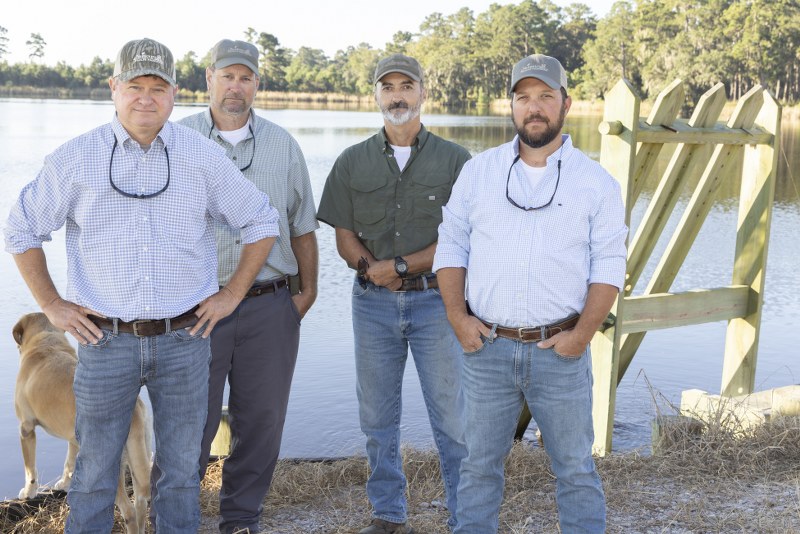
Bridges also worked with the Welder Foundation’s current chief executive officer, Dale James, PhD, when they were both graduate students. After 25 years of friendship, James and Bridges now hold the same position at similar foundations.
“We talk once a week,” Bridges says with a smile. “We both feel so honored to be in the position to have the opportunity to inspire the next generation of conservationists as Dr. Teer once inspired us.”
Bridges grew up in Tuscaloosa, Alabama, a lifelong outdoorsman with a passion for wildlife since he was a small child. He earned his bachelor’s degree from the University of Florida, where he studied fish; he turned his focus to quail at Texas A&M; and in 2005, he earned his doctorate from Virginia Tech, where he studied black bear ecology.
He admits he didn’t know anything about Beaufort until he accepted the position with Nemours.
“I had no idea what a magnificent place this is, and to be part of the ACE Basin is remarkable,” he says. “The level of stakeholder collaboration in the ACE is unmatched. It’s not competitive, and there’s a true sense of teamwork as everyone works toward the common good.”
“You can’t find a nexus of cultural history and conservation like this anywhere else,” he adds. “It’s truly unique.”
Over the last three decades, the Nemours Wildlife Foundation has built a strong reputation for its wildlife research in collaboration with Clemson University; its support of interns, many of whom have gone on to take prominent roles such as state waterfowl biologist; and its funded graduate research projects. Now, with the support of partners and donors, the organization is poised to build on that foundation in several exciting ways.
Providing free educational opportunities for schoolchildren and improving equitable access to those opportunities are top priorities. Nemours has developed a collaborative program with the Spring Island Trust called C.O.A.S.T.A.L Kids, which brings small cohorts of elementary school students to the outdoors. (C.O.A.S.T.A.L is an acronym for Cultivating Outdoor Adventures and Scientific Thinking through Active Learning.)
“It’s different than the traditional concept of a field trip or day camp,” Bridges says. “We’re engaging them in immersive, hands-on research and conservation experiences. The classes are small, so we can provide the highest ratio of teachers to students and have the greatest impact.”
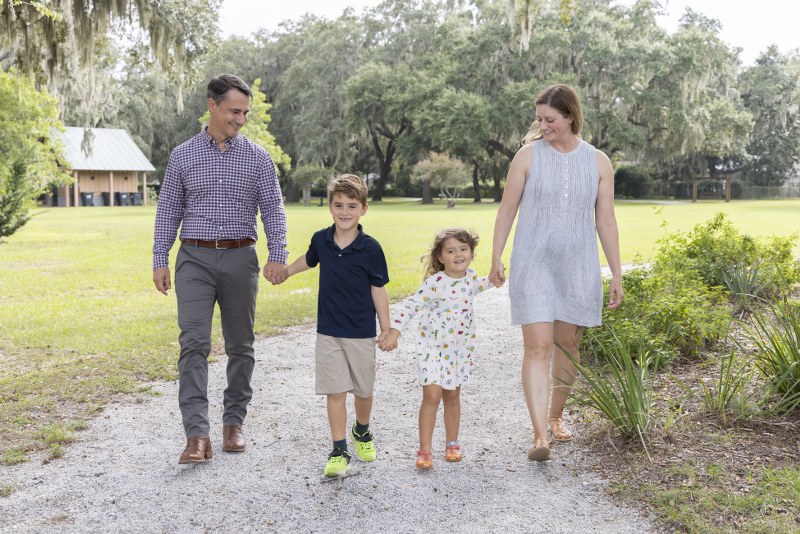
It’s not just about igniting an interest in related career paths, although that might be appropriate for some. It’s also about fostering a lifelong interest, appreciation, and love for the natural world.
“We want to spark in them what was sparked in us when we were young,” Bridges explains. “You have a narrow window of time to light that flame.”
Nemours held its first fall session of C.O.A.S.T.A.L. Kids in September. Some attendees were recruited through Penn Center on St. Helena Island, one of the most significant African-American institutions in the country.
“Conservation affects us all,” Bridges says, “and the faces of conservation should reflect the diversity of America, which has not been the case historically.”
In 2025, the Nemours Wildlife Foundation will introduce an outreach program in partnership with schools called Traveling Trunks, which will bring Nemours’ programming to classrooms. In addition, it has hired its first education intern to help support both programs.
In a way, Bridges explains, Nemours is creating a pipeline for young people to build a career in conservation. C.O.A.S.T.A.L Kids and Traveling Trunks provide the initial point of contact; from there, the Foundation aspires to build out a framework that will incorporate high school programming, post-secondary internships, graduate research fellowships, and lifelong professional development.
“Our Research, Education and Land Stewardship Internship Program for undergraduate students is an important part of what we do here,” Bridges says. “We also have launched our new Graduate Research Fellowship Program, so we can support and develop the next generation of scientists, researchers, and leaders.”
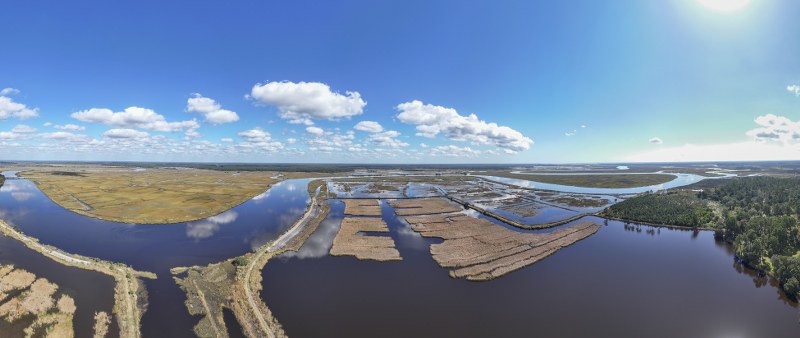
Nemours welcomed its first research fellow, Miriam Boucher, in September. She studies diets of alligators and bioaccumulation of microplastics and polyfluoroalkyl substances (PFAS) through her doctoral studies at Clemson’s James C. Kennedy Waterfowl and Wetlands Conservation Center.
“She is a truly brilliant young scientist,” Bridges says.
Beyond programming, Nemours is growing in other ways. In 2021, it added the Wiggers Laboratory for scientific research; in 2023, it added a dormitory to provide free housing for graduate researchers and interns; and earlier this year, it held a ribbon-cutting ceremony for the Eugene and Laura duPont Conservation Hall. a state-of-the-art meeting space and learning hub for the ACE Basin that can seat 60 people.
On Sept. 26, the Conservation Hall hosted a waterfowl management education workshop for land managers, private land owners, and state and federal agencies. It provides a venue for knowledge-sharing and opportunities to experience firsthand the historic rice fields’ rich biodiversity and unique ecology.
The Foundation will also host a Conservation Coaches Network training event on Nov. 3. The event, the first of its kind in South Carolina, will draw participants from across the country and even the world.
Yet the Foundation also remains dedicated to its home community. It will host its annual Fall for Wildlife celebration at Nemours on Oct. 26, and tickets for the event are available to the public.
“We’re inviting people to come learn about the work we’re doing here,” Bridges says. “We’ll have interactive stations, food from Lowcountry Produce, live music, and educational tours.”
In addition, starting in November, Nemours will offer guided public tours of the property on a monthly basis. To see Nemours, registration for a scheduled tour through its website is required, as the sensitive nature of its habitats, endangered species, and guest safety do not allow for unscheduled or unguided public access.
During guided tours, visitors will be able to view some of that research as it unfolds. One important example is the flagship Ecopasture Initiative, launched in April, which explores low-intensity free-range cattle grazing as a tool for wildlife habitat enhancement and rural economic sustainability.
These aren’t just ordinary cattle. They are Pineywoods cattle, a heritage breed that is the cattle equivalent of the marsh tacky horse.
“They arrived with the Spaniards and went feral,” Bridges explains. “They’ve evolved over more than 400 years to exist in this landscape.”
According to Bridges, there are only about 3,000 of these animals in the world. They function on the landscape as wild animals, with little need for human management, yet they are curious and gentle around people.
The current herd of 24 animals includes one bull, a couple of pregnant mothers, and several calves. Visitors might be fortunate enough to see them grazing or relaxing among the trees.
In addition, tour participants will experience the vast network of levees, built by enslaved West African people centuries ago. Bridges notes that, in South Carolina, they moved more earth by hand than was moved in the entire Suez Canal project.
Then there are the rice trunks that now manage water levels for birds and other wildlife instead of rice; the fully accessible dock, created in partnership with South Carolina’s Outdoor Dream Foundation, so all kids can experience observing wildlife and even the joy of fishing; the nesting boxes for the endangered red-cockaded woodpeckers; and so much more.
Behind all of this is Bridges and his hard-working team, which includes a certified wildlife biologist, education and outreach coordinator, business administrator, donor relations and development coordinator, land stewardship specialists, hospitality specialist, and a dedicated board of directors.
“I’ve spent most of my life in the South,” Bridges says, “and I thought I understood all the pieces of Southern history and conservation, but I have been surprised that the story of the Lowcountry and its significance in conservation remains largely untold.”
For more information about Nemours Wildlife Foundation, make a donation to support its work, or purchase a ticket for Fall for Wildlife on Oct. 26, visit nemourswildlifefoundation.org.

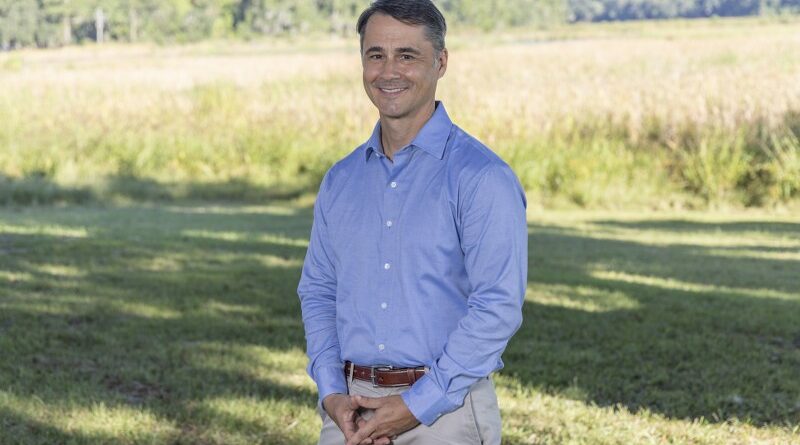
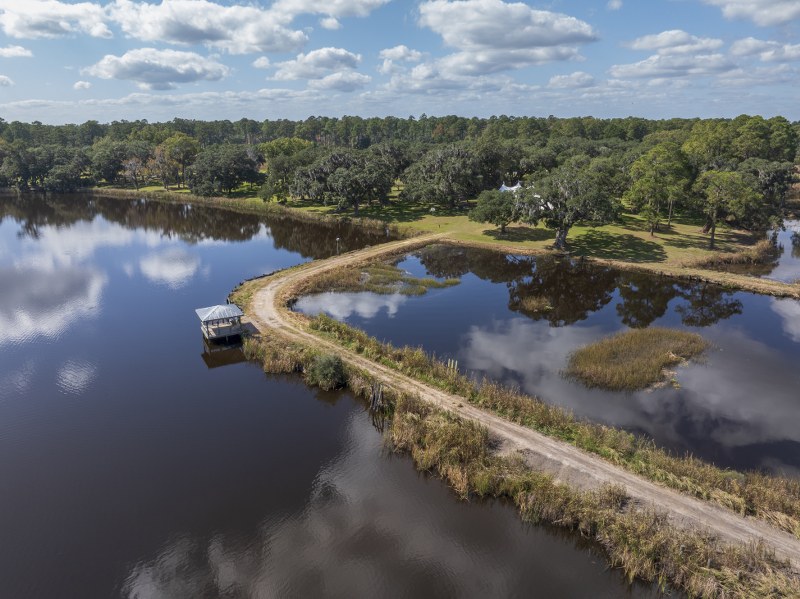
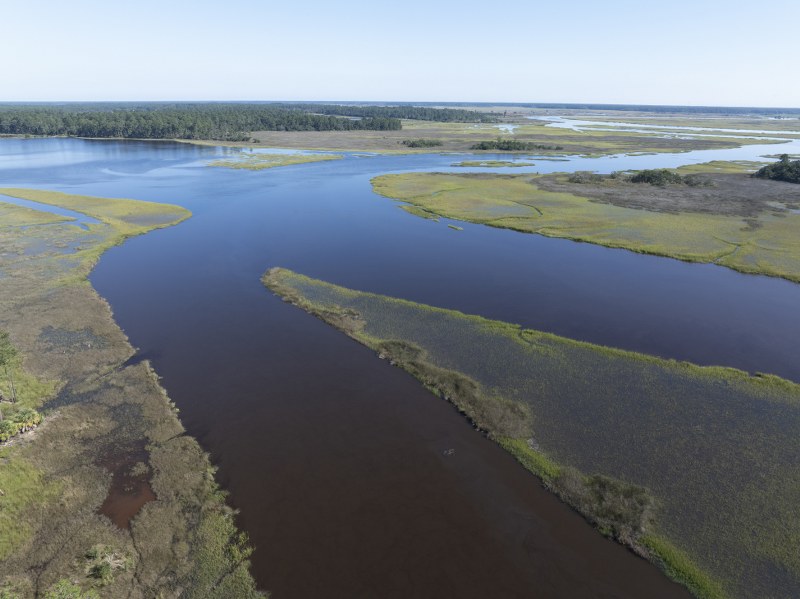
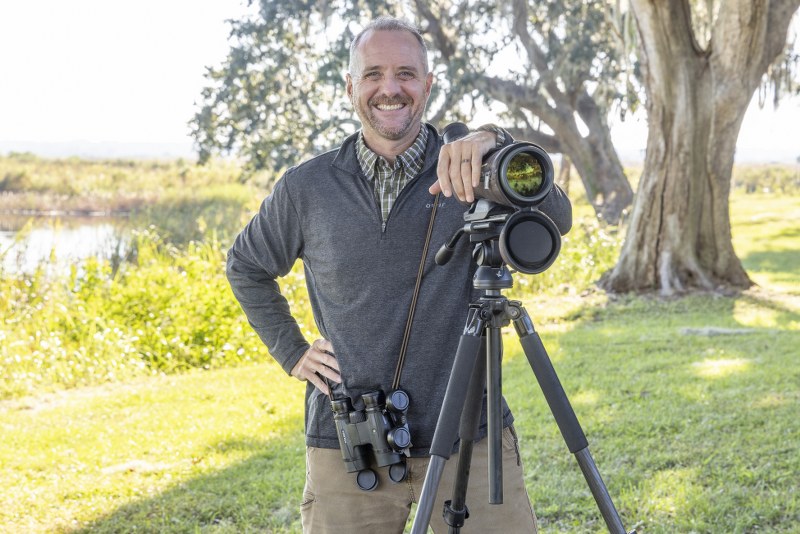
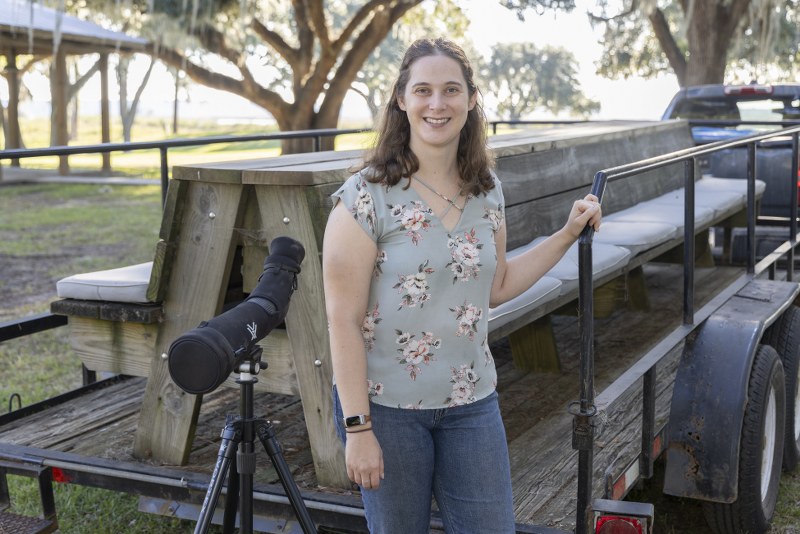
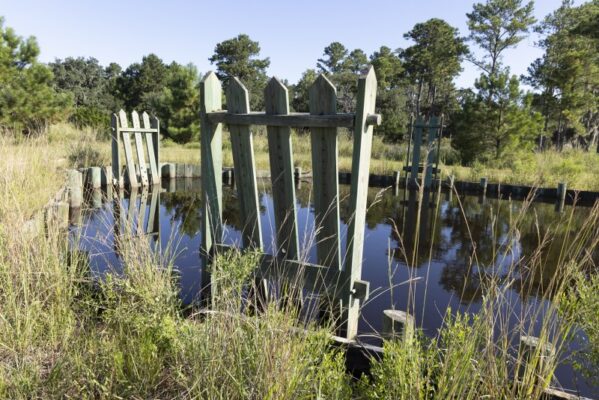
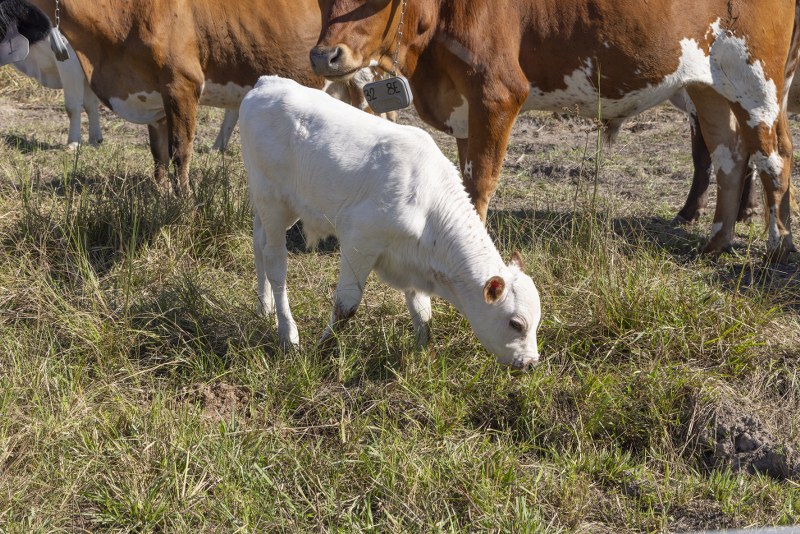

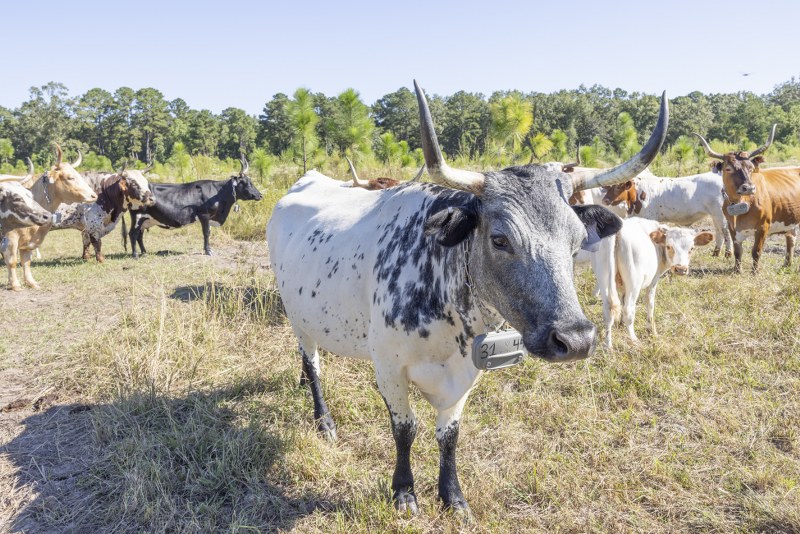
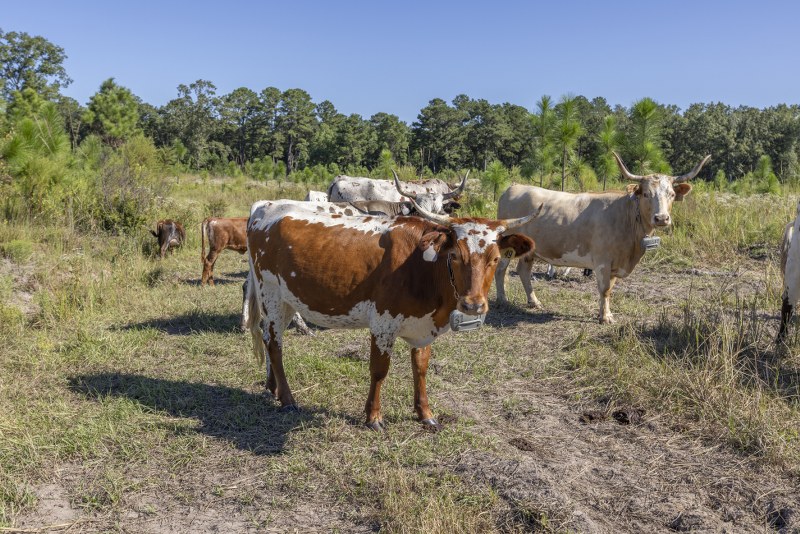
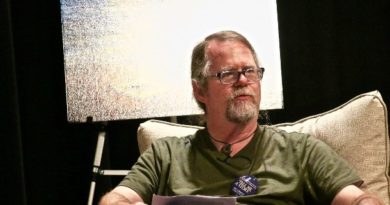
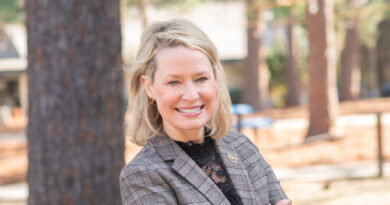
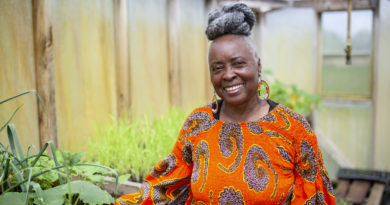
Pingback: Beaufort Lifestyle Feature | Nemours Wildlife Foundation